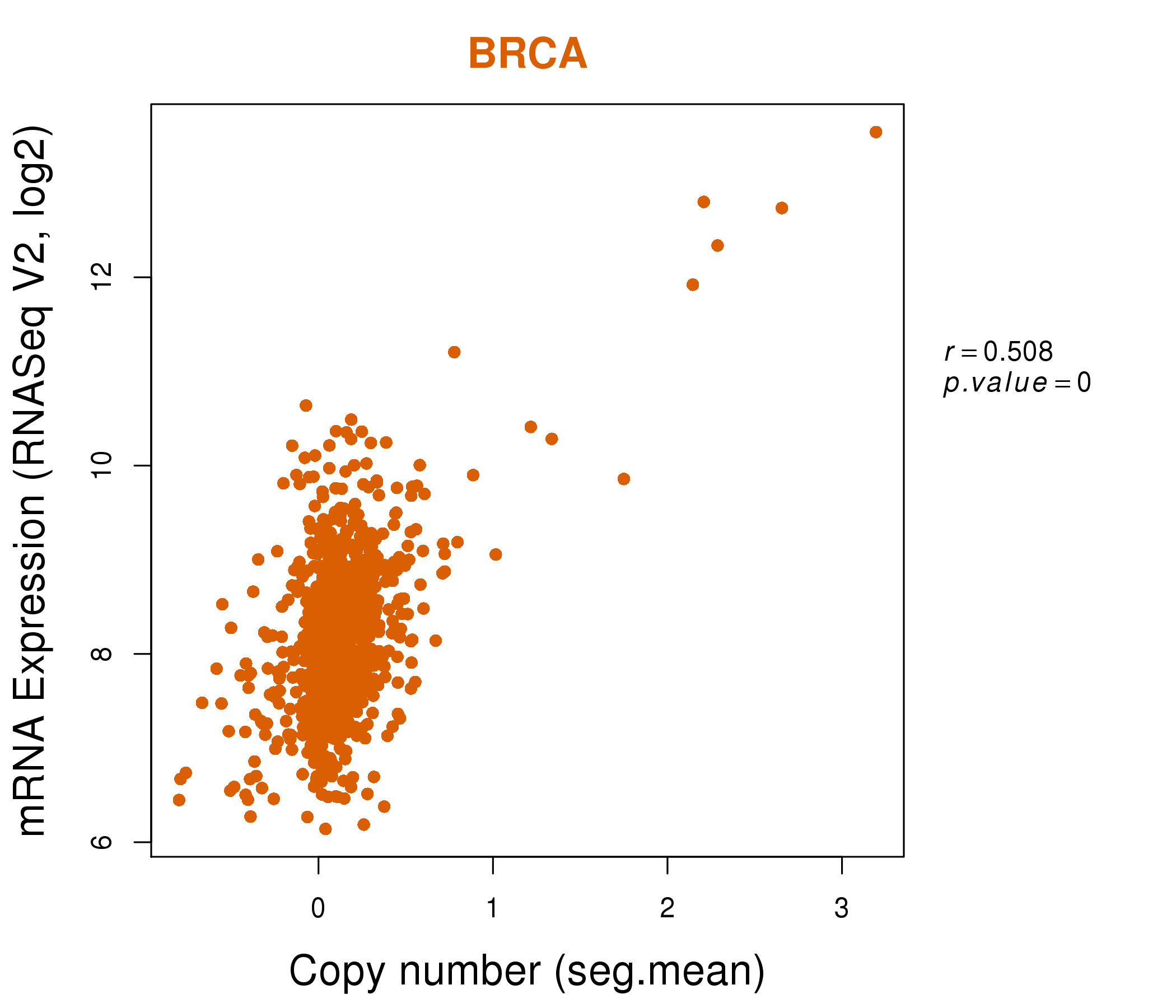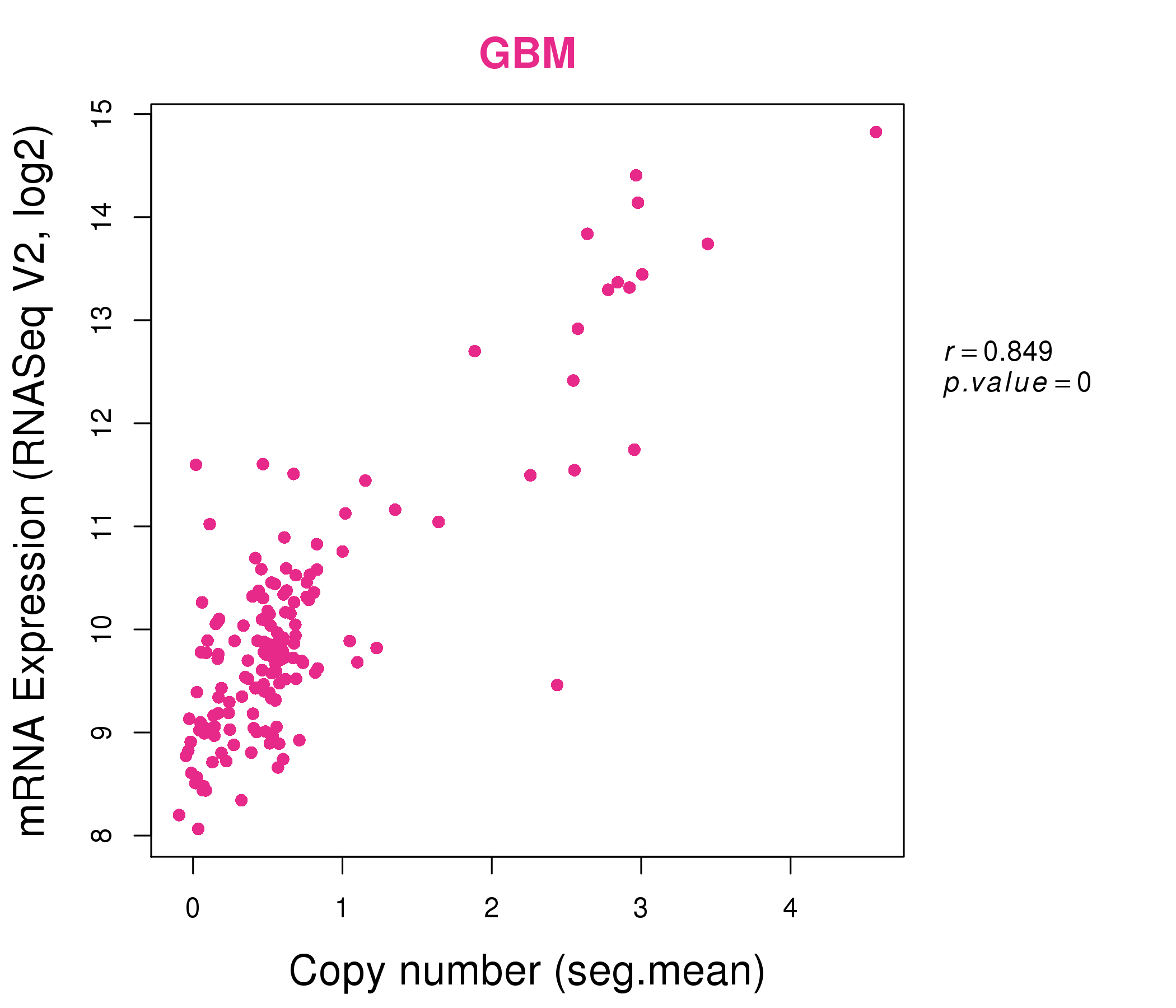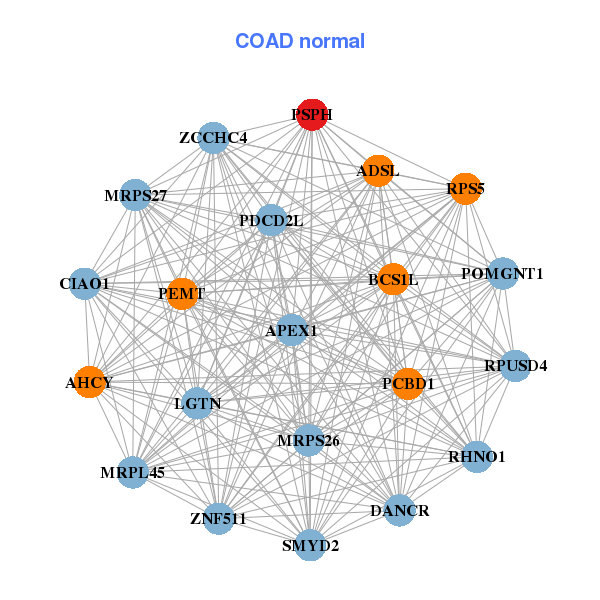|
||||||||||||||||||||||||||||||||||||||||||||||||||||||||||||||||||||||||||||||||||||||||||||||||||||||||||||||||||||||||||||||||||||||||||||||||||||||||||||||||||||||||||||||||||||||||||||||||||||||||||||||||||||||||||||||||||||||||||||||||||||||||||||||||||||||||||||||||||||||||||||||||||||||||||||||||||||||||||
| |
| Phenotypic Information (metabolism pathway, cancer, disease, phenome) |
| |
| |
| Gene-Gene Network Information: Co-Expression Network, Interacting Genes & KEGG |
| |
|
| Gene Summary for PSPH |
| Basic gene info. | Gene symbol | PSPH |
| Gene name | phosphoserine phosphatase | |
| Synonyms | PSP|PSPHD | |
| Cytomap | UCSC genome browser: 7p11.2 | |
| Genomic location | chr7 :56078743-56119268 | |
| Type of gene | protein-coding | |
| RefGenes | NM_004577.3, | |
| Ensembl id | ENSG00000146733 | |
| Description | L-3-phosphoserine phosphataseO-phosphoserine phosphohydrolasePSPase | |
| Modification date | 20141211 | |
| dbXrefs | MIM : 172480 | |
| HGNC : HGNC | ||
| Ensembl : ENSG00000146733 | ||
| HPRD : 01406 | ||
| Vega : OTTHUMG00000023441 | ||
| Protein | UniProt: go to UniProt's Cross Reference DB Table | |
| Expression | CleanEX: HS_PSPH | |
| BioGPS: 5723 | ||
| Gene Expression Atlas: ENSG00000146733 | ||
| The Human Protein Atlas: ENSG00000146733 | ||
| Pathway | NCI Pathway Interaction Database: PSPH | |
| KEGG: PSPH | ||
| REACTOME: PSPH | ||
| ConsensusPathDB | ||
| Pathway Commons: PSPH | ||
| Metabolism | MetaCyc: PSPH | |
| HUMANCyc: PSPH | ||
| Regulation | Ensembl's Regulation: ENSG00000146733 | |
| miRBase: chr7 :56,078,743-56,119,268 | ||
| TargetScan: NM_004577 | ||
| cisRED: ENSG00000146733 | ||
| Context | iHOP: PSPH | |
| cancer metabolism search in PubMed: PSPH | ||
| UCL Cancer Institute: PSPH | ||
| Assigned class in ccmGDB | C | |
| Top |
| Phenotypic Information for PSPH(metabolism pathway, cancer, disease, phenome) |
| Cancer | CGAP: PSPH |
| Familial Cancer Database: PSPH | |
| * This gene is included in those cancer gene databases. |
|
|
|
|
|
| . | ||||||||||||||||||||||||||||||||||||||||||||||||||||||||||||||||||||||||||||||||||||||||||||||||||||||||||||||||||||||||||||||||||||||||||||||||||||||||||||||||||||||||||||||||||||||||||||||||||||||||||||||||||||||||||||||||||||||||||||||||||||||||||||||||||||||||||||||||||||||||||||||||||||||||||||||||||||
Oncogene 1 | Significant driver gene in | |||||||||||||||||||||||||||||||||||||||||||||||||||||||||||||||||||||||||||||||||||||||||||||||||||||||||||||||||||||||||||||||||||||||||||||||||||||||||||||||||||||||||||||||||||||||||||||||||||||||||||||||||||||||||||||||||||||||||||||||||||||||||||||||||||||||||||||||||||||||||||||||||||||||||||||||||||||||||
| cf) number; DB name 1 Oncogene; http://nar.oxfordjournals.org/content/35/suppl_1/D721.long, 2 Tumor Suppressor gene; https://bioinfo.uth.edu/TSGene/, 3 Cancer Gene Census; http://www.nature.com/nrc/journal/v4/n3/abs/nrc1299.html, 4 CancerGenes; http://nar.oxfordjournals.org/content/35/suppl_1/D721.long, 5 Network of Cancer Gene; http://ncg.kcl.ac.uk/index.php, 1Therapeutic Vulnerabilities in Cancer; http://cbio.mskcc.org/cancergenomics/statius/ |
| KEGG_GLYCINE_SERINE_AND_THREONINE_METABOLISM REACTOME_METABOLISM_OF_AMINO_ACIDS_AND_DERIVATIVES | |
| OMIM | |
| Orphanet | |
| Disease | KEGG Disease: PSPH |
| MedGen: PSPH (Human Medical Genetics with Condition) | |
| ClinVar: PSPH | |
| Phenotype | MGI: PSPH (International Mouse Phenotyping Consortium) |
| PhenomicDB: PSPH | |
| Mutations for PSPH |
| * Under tables are showing count per each tissue to give us broad intuition about tissue specific mutation patterns.You can go to the detailed page for each mutation database's web site. |
| - Statistics for Tissue and Mutation type | Top |
 |
| - For Inter-chromosomal Variations |
| * Inter-chromosomal variantions includes 'interchromosomal amplicon to amplicon', 'interchromosomal amplicon to non-amplified dna', 'interchromosomal insertion', 'Interchromosomal unknown type'. |
 |
| - For Intra-chromosomal Variations |
| There's no intra-chromosomal structural variation. |
| Sample | Symbol_a | Chr_a | Start_a | End_a | Symbol_b | Chr_b | Start_b | End_b |
| cf) Tissue number; Tissue name (1;Breast, 2;Central_nervous_system, 3;Haematopoietic_and_lymphoid_tissue, 4;Large_intestine, 5;Liver, 6;Lung, 7;Ovary, 8;Pancreas, 9;Prostate, 10;Skin, 11;Soft_tissue, 12;Upper_aerodigestive_tract) |
| * From mRNA Sanger sequences, Chitars2.0 arranged chimeric transcripts. This table shows PSPH related fusion information. |
| ID | Head Gene | Tail Gene | Accession | Gene_a | qStart_a | qEnd_a | Chromosome_a | tStart_a | tEnd_a | Gene_a | qStart_a | qEnd_a | Chromosome_a | tStart_a | tEnd_a |
| BI053242 | PSPH | 1 | 174 | 7 | 56147536 | 56147710 | PSPH | 168 | 283 | 7 | 56144549 | 56146143 | |
| DC340871 | HERC3 | 1 | 43 | 4 | 89606033 | 89606075 | PSPH | 44 | 540 | 7 | 56131998 | 56142429 | |
| BF771965 | PSPH | 1 | 72 | 7 | 56144489 | 56144560 | TBC1D1 | 63 | 161 | 4 | 38051491 | 38053590 | |
| CR936749 | PSPH | 2 | 1397 | 7 | 56131983 | 56147817 | SNRNP35 | 1389 | 1455 | 12 | 123956750 | 123956816 | |
| BI199927 | CYB561 | 1 | 328 | 17 | 61513478 | 61518165 | PSPH | 324 | 759 | 7 | 56119538 | 56123411 | |
| BX101324 | PSPH | 12 | 89 | 7 | 56131020 | 56131097 | ITCH | 82 | 472 | 20 | 33096817 | 33097207 | |
| BF314617 | CYB561 | 1 | 330 | 17 | 61513478 | 61518165 | PSPH | 326 | 666 | 7 | 56119538 | 56122197 | |
| BQ318623 | MALAT1 | 19 | 101 | 11 | 65267943 | 65268025 | PSPH | 96 | 422 | 7 | 56122079 | 56124038 | |
| CB241697 | PSPH | 12 | 170 | 7 | 56125734 | 56126149 | PSPH | 164 | 394 | 7 | 56123443 | 56125764 | |
| AW606659 | HYOU1 | 8 | 118 | 11 | 118922647 | 118923019 | PSPH | 112 | 165 | 7 | 56131325 | 56131378 | |
| CA430683 | PSPH | 18 | 137 | 7 | 56148239 | 56148358 | GPATCH1 | 129 | 723 | 19 | 33600870 | 33605259 | |
| BU633977 | PSPH | 18 | 137 | 7 | 56148239 | 56148358 | GPATCH1 | 129 | 666 | 19 | 33602637 | 33605259 | |
| AW946340 | PSPH | 17 | 109 | 7 | 56146093 | 56146186 | PSPH | 101 | 349 | 7 | 56142333 | 56146066 | |
| BC020860 | SLC12A1 | 1 | 825 | 15 | 48498499 | 48543967 | PSPH | 823 | 1269 | 7 | 56169266 | 56172158 | |
| BE766917 | PSPH | 5 | 207 | 7 | 56078758 | 56078961 | EFNB2 | 203 | 264 | 13 | 107163894 | 107163955 | |
| AK091504 | SFXN3 | 1 | 2759 | 10 | 102797149 | 102800391 | PSPH | 2752 | 3218 | 7 | 56169683 | 56170149 | |
| BE766933 | PSPH | 11 | 216 | 7 | 56078753 | 56078961 | EFNB2 | 212 | 273 | 13 | 107163894 | 107163955 | |
| CA442113 | CCDC22 | 18 | 451 | X | 49106899 | 49107333 | PSPH | 435 | 523 | 7 | 56131594 | 56131682 | |
| Top |
| Mutation type/ Tissue ID | brca | cns | cerv | endome | haematopo | kidn | Lintest | liver | lung | ns | ovary | pancre | prost | skin | stoma | thyro | urina | |||
| Total # sample | 1 | 10 | 1 | 1 | 3 | 1 | 1 | |||||||||||||
| GAIN (# sample) | 1 | 10 | 1 | 1 | 3 | 1 | 1 | |||||||||||||
| LOSS (# sample) |
| cf) Tissue ID; Tissue type (1; Breast, 2; Central_nervous_system, 3; Cervix, 4; Endometrium, 5; Haematopoietic_and_lymphoid_tissue, 6; Kidney, 7; Large_intestine, 8; Liver, 9; Lung, 10; NS, 11; Ovary, 12; Pancreas, 13; Prostate, 14; Skin, 15; Stomach, 16; Thyroid, 17; Urinary_tract) |
| Top |
|
 |
| Top |
| Stat. for Non-Synonymous SNVs (# total SNVs=20) | (# total SNVs=8) |
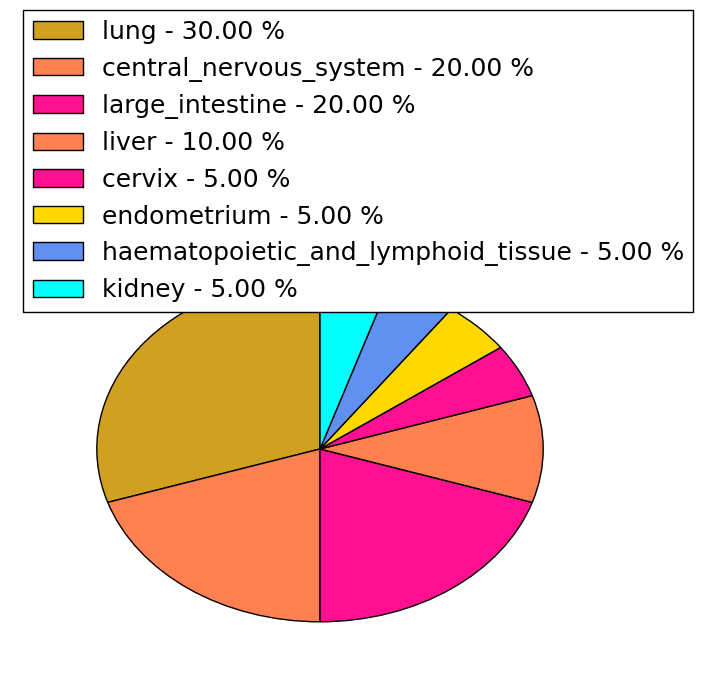 | 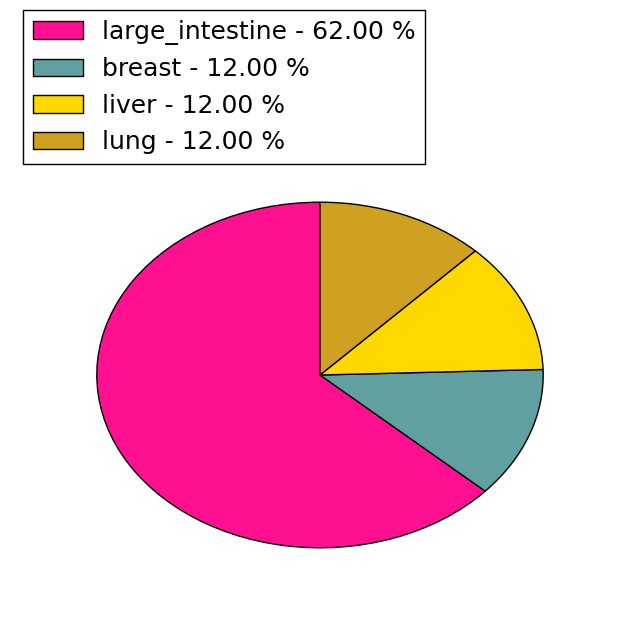 |
(# total SNVs=0) | (# total SNVs=0) |
| Top |
| * When you move the cursor on each content, you can see more deailed mutation information on the Tooltip. Those are primary_site,primary_histology,mutation(aa),pubmedID. |
| GRCh37 position | Mutation(aa) | Unique sampleID count |
| chr7:56085002-56085002 | p.V116I | 5 |
| chr7:56087423-56087423 | p.R49W | 3 |
| chr7:56088789-56088789 | p.G39G | 2 |
| chr7:56088811-56088811 | p.D32G | 2 |
| chr7:56088825-56088825 | p.R27S | 2 |
| chr7:56079456-56079456 | p.*226* | 2 |
| chr7:56087292-56087292 | p.? | 2 |
| chr7:56079530-56079530 | p.I201I | 2 |
| chr7:56087373-56087373 | p.R65R | 2 |
| chr7:56079562-56079562 | p.D191H | 2 |
| Top |
|
 |
| Point Mutation/ Tissue ID | 1 | 2 | 3 | 4 | 5 | 6 | 7 | 8 | 9 | 10 | 11 | 12 | 13 | 14 | 15 | 16 | 17 | 18 | 19 | 20 |
| # sample | 3 | 1 | 3 | 4 | 4 | 3 | 5 | 5 | 1 | |||||||||||
| # mutation | 3 | 1 | 2 | 2 | 5 | 3 | 5 | 5 | 1 | |||||||||||
| nonsynonymous SNV | 3 | 1 | 1 | 2 | 5 | 2 | 2 | 3 | 1 | |||||||||||
| synonymous SNV | 1 | 1 | 3 | 2 |
| cf) Tissue ID; Tissue type (1; BLCA[Bladder Urothelial Carcinoma], 2; BRCA[Breast invasive carcinoma], 3; CESC[Cervical squamous cell carcinoma and endocervical adenocarcinoma], 4; COAD[Colon adenocarcinoma], 5; GBM[Glioblastoma multiforme], 6; Glioma Low Grade, 7; HNSC[Head and Neck squamous cell carcinoma], 8; KICH[Kidney Chromophobe], 9; KIRC[Kidney renal clear cell carcinoma], 10; KIRP[Kidney renal papillary cell carcinoma], 11; LAML[Acute Myeloid Leukemia], 12; LUAD[Lung adenocarcinoma], 13; LUSC[Lung squamous cell carcinoma], 14; OV[Ovarian serous cystadenocarcinoma ], 15; PAAD[Pancreatic adenocarcinoma], 16; PRAD[Prostate adenocarcinoma], 17; SKCM[Skin Cutaneous Melanoma], 18:STAD[Stomach adenocarcinoma], 19:THCA[Thyroid carcinoma], 20:UCEC[Uterine Corpus Endometrial Carcinoma]) |
| Top |
| * We represented just top 10 SNVs. When you move the cursor on each content, you can see more deailed mutation information on the Tooltip. Those are primary_site, primary_histology, mutation(aa), pubmedID. |
| Genomic Position | Mutation(aa) | Unique sampleID count |
| chr7:56085002 | p.V116I | 5 |
| chr7:56079456 | p.R65R | 2 |
| chr7:56087373 | p.L62V | 2 |
| chr7:56079530 | p.X226X | 2 |
| chr7:56087384 | p.I201I | 2 |
| chr7:56079562 | p.D191H | 2 |
| chr7:56085030 | p.R73W | 1 |
| chr7:56088826 | p.G54R | 1 |
| chr7:56085062 | p.M52T | 1 |
| chr7:56088853 | p.R49L | 1 |
| * Copy number data were extracted from TCGA using R package TCGA-Assembler. The URLs of all public data files on TCGA DCC data server were gathered on Jan-05-2015. Function ProcessCNAData in TCGA-Assembler package was used to obtain gene-level copy number value which is calculated as the average copy number of the genomic region of a gene. |
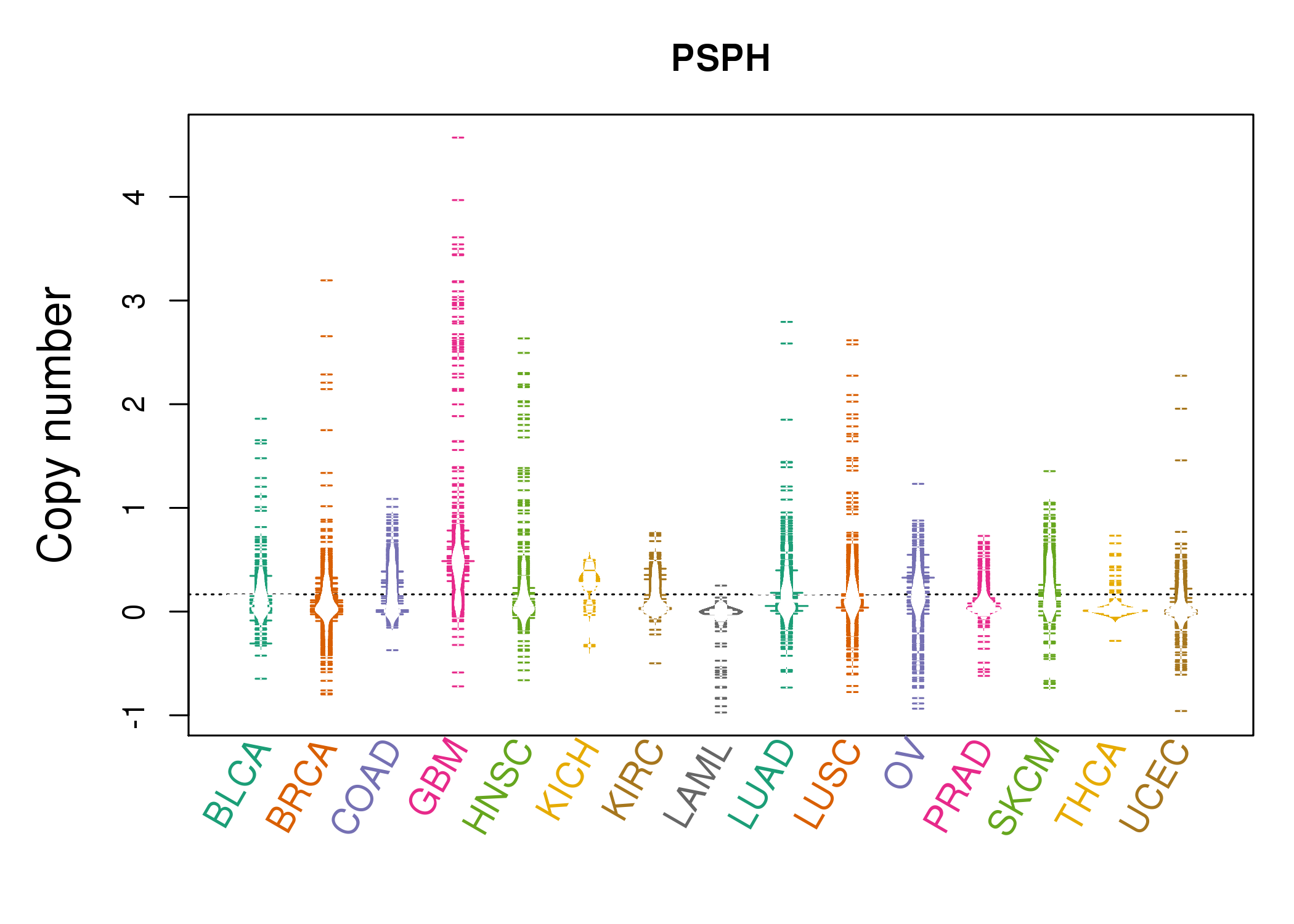 |
| cf) Tissue ID[Tissue type]: BLCA[Bladder Urothelial Carcinoma], BRCA[Breast invasive carcinoma], CESC[Cervical squamous cell carcinoma and endocervical adenocarcinoma], COAD[Colon adenocarcinoma], GBM[Glioblastoma multiforme], Glioma Low Grade, HNSC[Head and Neck squamous cell carcinoma], KICH[Kidney Chromophobe], KIRC[Kidney renal clear cell carcinoma], KIRP[Kidney renal papillary cell carcinoma], LAML[Acute Myeloid Leukemia], LUAD[Lung adenocarcinoma], LUSC[Lung squamous cell carcinoma], OV[Ovarian serous cystadenocarcinoma ], PAAD[Pancreatic adenocarcinoma], PRAD[Prostate adenocarcinoma], SKCM[Skin Cutaneous Melanoma], STAD[Stomach adenocarcinoma], THCA[Thyroid carcinoma], UCEC[Uterine Corpus Endometrial Carcinoma] |
| Top |
| Gene Expression for PSPH |
| * CCLE gene expression data were extracted from CCLE_Expression_Entrez_2012-10-18.res: Gene-centric RMA-normalized mRNA expression data. |
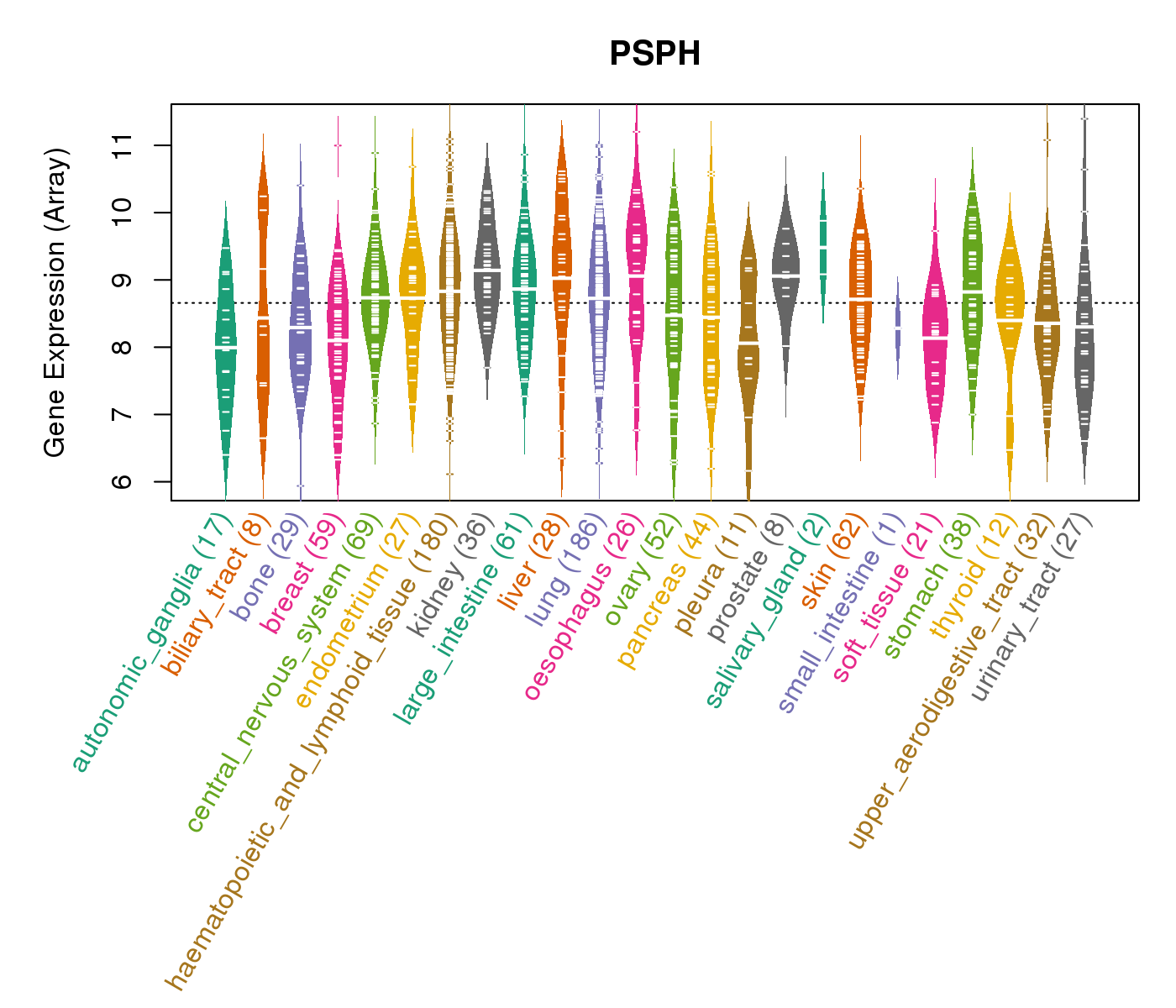 |
| * Normalized gene expression data of RNASeqV2 was extracted from TCGA using R package TCGA-Assembler. The URLs of all public data files on TCGA DCC data server were gathered at Jan-05-2015. Only eight cancer types have enough normal control samples for differential expression analysis. (t test, adjusted p<0.05 (using Benjamini-Hochberg FDR)) |
 |
| Top |
| * This plots show the correlation between CNV and gene expression. |
: Open all plots for all cancer types
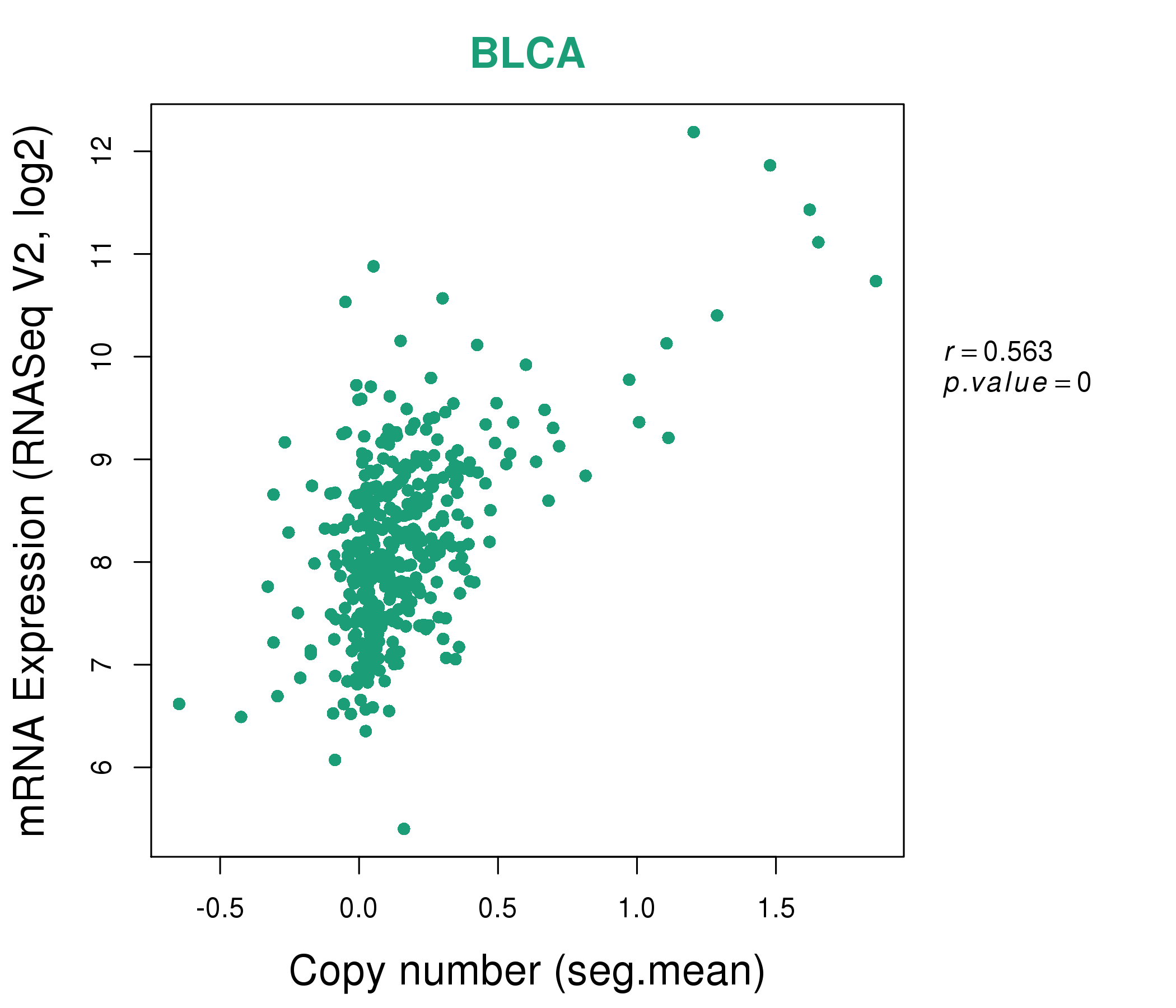 |
|
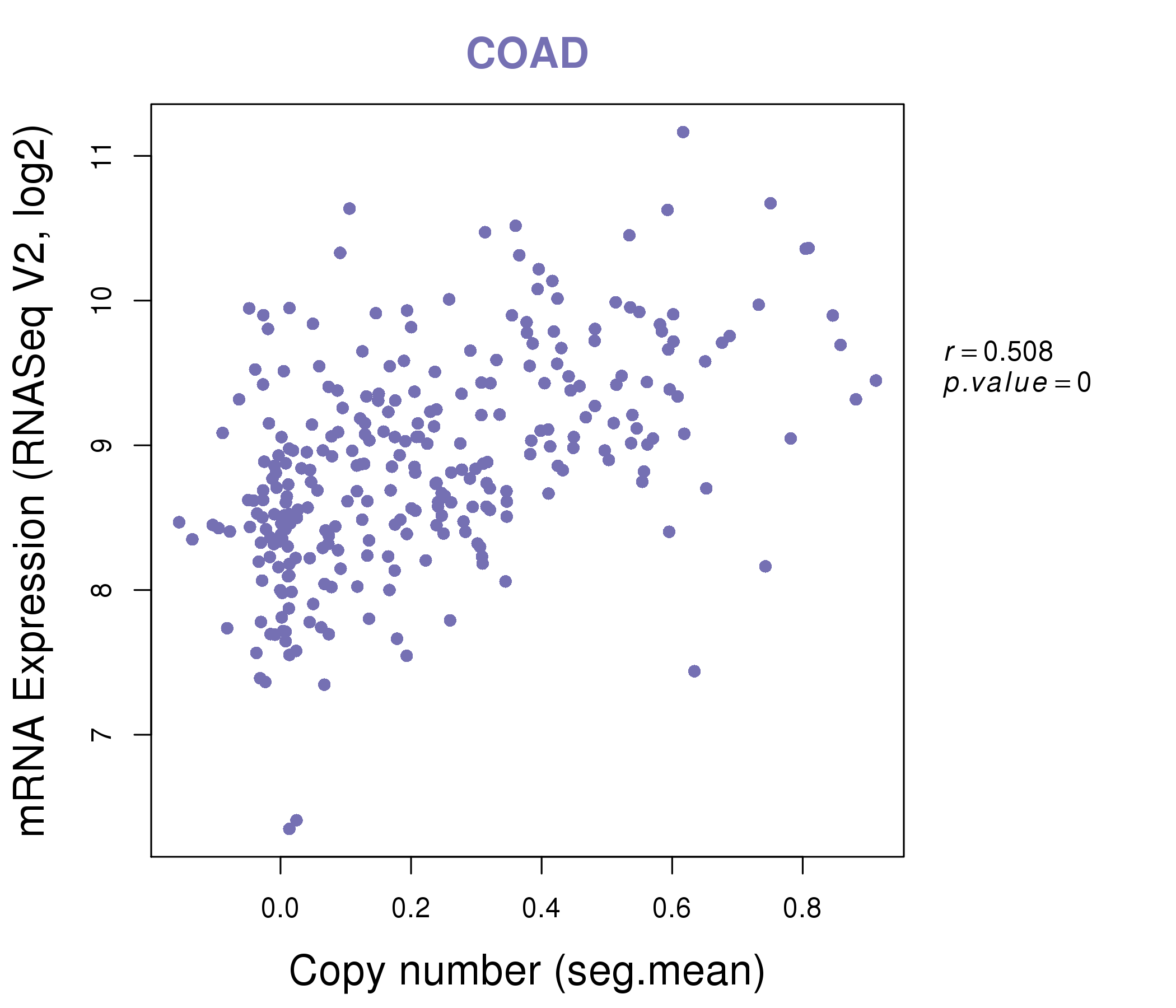 |
|
| Top |
| Gene-Gene Network Information |
| * Co-Expression network figures were drawn using R package igraph. Only the top 20 genes with the highest correlations were shown. Red circle: input gene, orange circle: cell metabolism gene, sky circle: other gene |
: Open all plots for all cancer types
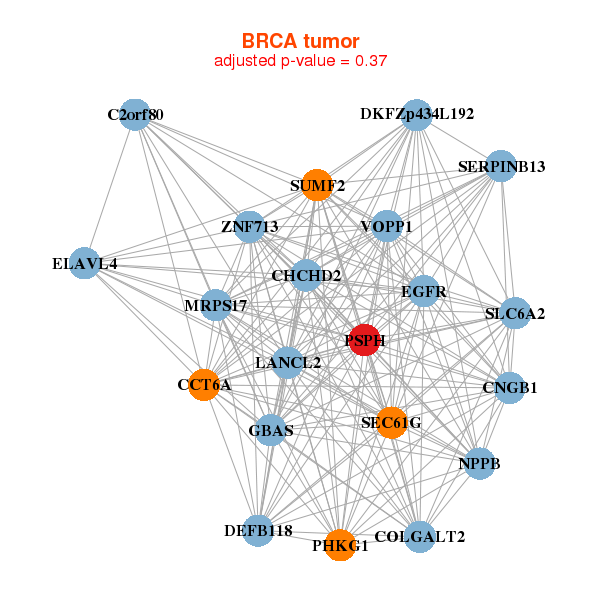 |
|
| C2orf80,CCT6A,CHCHD2,CNGB1,DEFB118,DKFZp434L192,EGFR, ELAVL4,GBAS,COLGALT2,LANCL2,MRPS17,NPPB,PHKG1, PSPH,SEC61G,SERPINB13,SLC6A2,SUMF2,VOPP1,ZNF713 | ACAA1,ACY1,ALG1,ATP6V0E2,ELP6,CBY1,CDK5, DNASE2,HIST1H4J,ILVBL,LHPP,P4HB,PHB,PSPH, PTPMT1,RAC3,RER1,SMUG1,SUMF2,TSTD1,VPS16 |
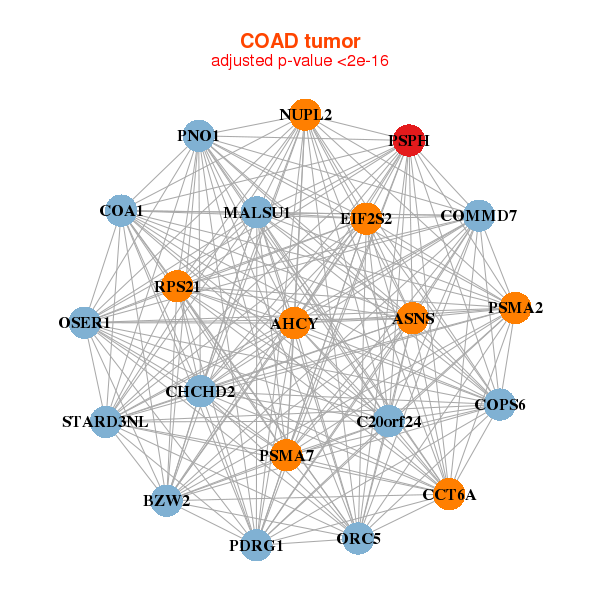 |
|
| AHCY,ASNS,BZW2,OSER1,C20orf24,MALSU1,COA1, CCT6A,CHCHD2,COMMD7,COPS6,EIF2S2,NUPL2,ORC5, PDRG1,PNO1,PSMA2,PSMA7,PSPH,RPS21,STARD3NL | ADSL,AHCY,APEX1,BCS1L,RHNO1,CIAO1,DANCR, LGTN,MRPL45,MRPS26,MRPS27,PCBD1,PDCD2L,PEMT, POMGNT1,PSPH,RPS5,RPUSD4,SMYD2,ZCCHC4,ZNF511 |
| * Co-Expression network figures were drawn using R package igraph. Only the top 20 genes with the highest correlations were shown. Red circle: input gene, orange circle: cell metabolism gene, sky circle: other gene |
: Open all plots for all cancer types
| Top |
: Open all interacting genes' information including KEGG pathway for all interacting genes from DAVID
| Top |
| Pharmacological Information for PSPH |
| There's no related Drug. |
| Top |
| Cross referenced IDs for PSPH |
| * We obtained these cross-references from Uniprot database. It covers 150 different DBs, 18 categories. http://www.uniprot.org/help/cross_references_section |
: Open all cross reference information
|
Copyright © 2016-Present - The Univsersity of Texas Health Science Center at Houston @ |






